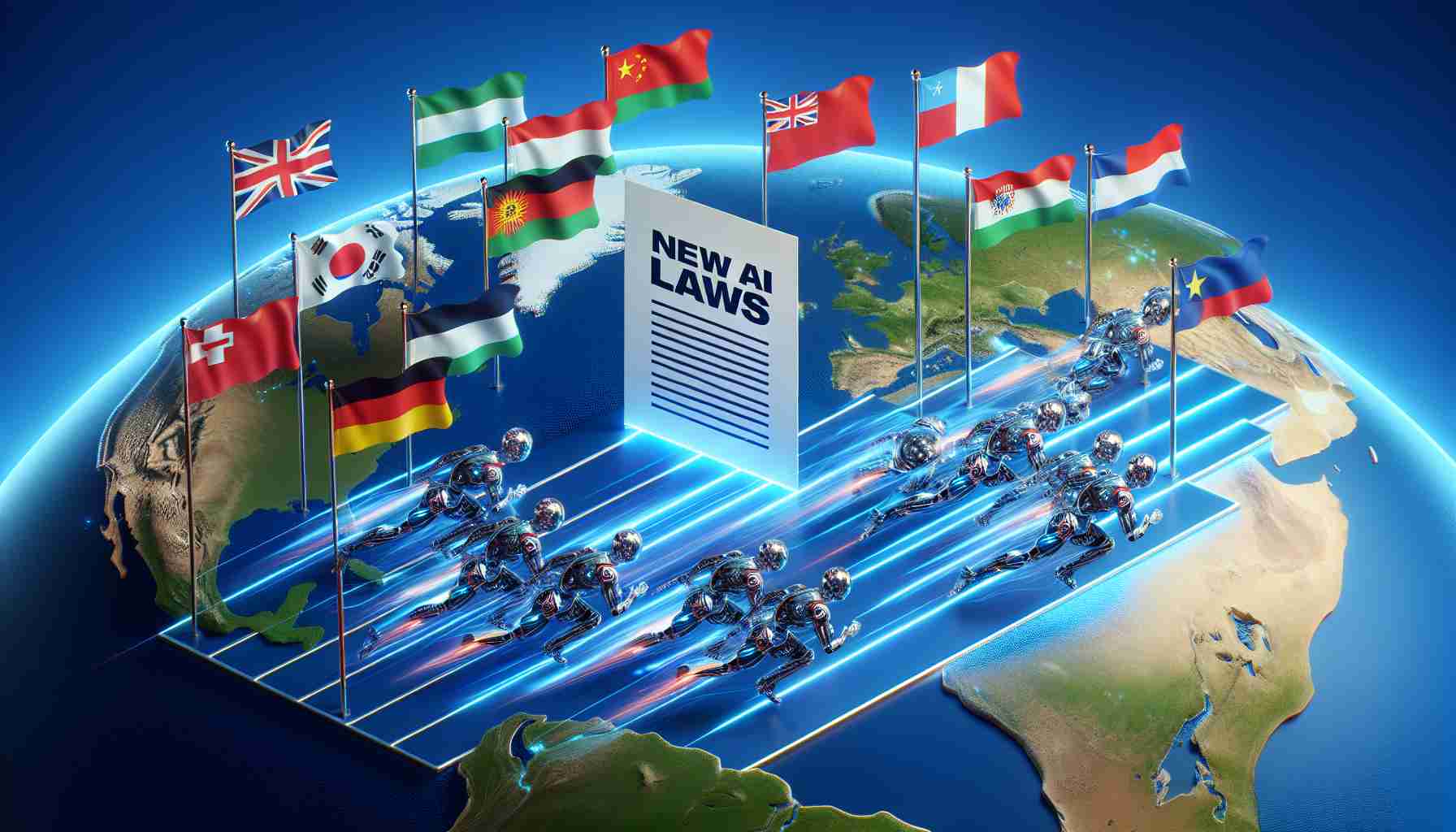Striking a Balance Between Regulation and Innovation in AI
As the deliberation over South Korea’s ‘Artificial Intelligence (AI) Basic Law’ continues, other countries are aggressively forging ahead in the AI regulatory landscape. The goal is to establish rules that curb unrestrained AI utilisation while simultaneously crafting a competitive advantage for their domestic industries.
The European Union Sets Precedents with AI Legislation
In March, the European Union made a decisive move by adopting the ‘EU AI Act’. The legislation signifies a clear intent to counterbalance the global AI dominance of Big Tech companies like Microsoft, Google, and China’s Alibaba, which hold little presence in Europe. Out of 113 provisions in the EU AI Act, several are dedicated to fostering innovation among local startups, while the majority address regulation and oversight.
A noteworthy aspect of the EU AI Act is its risk-based classification of AI systems. Ranging from unacceptable to minimal risk, each level is accompanied by corresponding obligations. For minimal-risk applications, the law imposes no additional regulatory burdens. However, the Act holds providers of general AI models, like Large Language Models (LLMs), to strict standards, compelling them to disclose extensive details about the data used to train their AI models.
Professor Choi Kyung-jin, a leading figure in legal AI studies in South Korea, emphasizes the nation’s need for a tiered approach to AI technology based on the levels of risk. However, he also points out that it is currently challenging to accurately classify the potential danger of AI systems and suggests that thorough and deliberate discussion is necessary.
The United States Paves the Way with “National AI Initiative”
The United States preemptively established the ‘National AI Initiative’ back in 2020, exhibiting foresight in the sphere of AI development and regulation. This initiative underscores the U.S. commitment to advancing AI technology while ensuring ethical standards are met, safeguarding intellectual property, and reinforcing the support of domestic enterprises within the field.
Key Questions, Challenges, and Controversies in AI Regulation
One of the most pressing questions in AI regulation is how to balance innovation with privacy, safety, and security. Regulators must ensure AI systems operate ethically and do not infringe upon human rights while allowing space for technological growth and advancement. As AI technologies increasingly impact various sectors such as healthcare, finance, and transportation, establishing trust and accountability in these systems becomes critical.
Challenges associated with regulating AI include the fast pace of technological advancements outstripping legislation, defining clear-cut guidelines for a rapidly evolving technology, and international coordination in standards and practices. Moreover, there is the issue of regulating global tech companies that may not have a significant presence in certain regions, as is the case in Europe.
Controversies often revolve around concerns of stifling innovation, protecting sensitive information, ensuring fairness and non-discrimination in AI applications, and coping with job displacement due to automation.
Advantages and Disadvantages of AI Regulation
Advantages:
– Establishing clear regulations ensures the ethical use of AI, avoiding abuse, and protecting against harmful outcomes.
– It helps in building public trust in AI technologies by ensuring transparency and accountability.
– Regulation can level the playing field among market players by setting industry standards, particularly helping smaller entities to compete with tech giants.
– Promotes responsible development and use of AI, emphasizing human-centric approaches and privacy protection.
Disadvantages:
– Overregulation can inhibit innovation by imposing restrictive requirements that make it difficult for companies to develop new technologies.
– It may create high compliance costs that could discourage startups and small businesses from entering the market.
– Differing regulations across countries may lead to fragmented markets or complicate international cooperation and development.
– Rapid changes in AI make it difficult for laws to remain relevant, leading to potential discrepancies between regulations and actual practice.
In conclusion, as nations race to regulate AI, the main challenge remains to craft policies that encourage innovation while preventing potential harms. The European Union’s AI Act and the United States’ National AI Initiative represent two different approaches in this regulatory landscape.
For further information on this topic, you can visit the official websites of the European Commission and the National AI Initiative.

